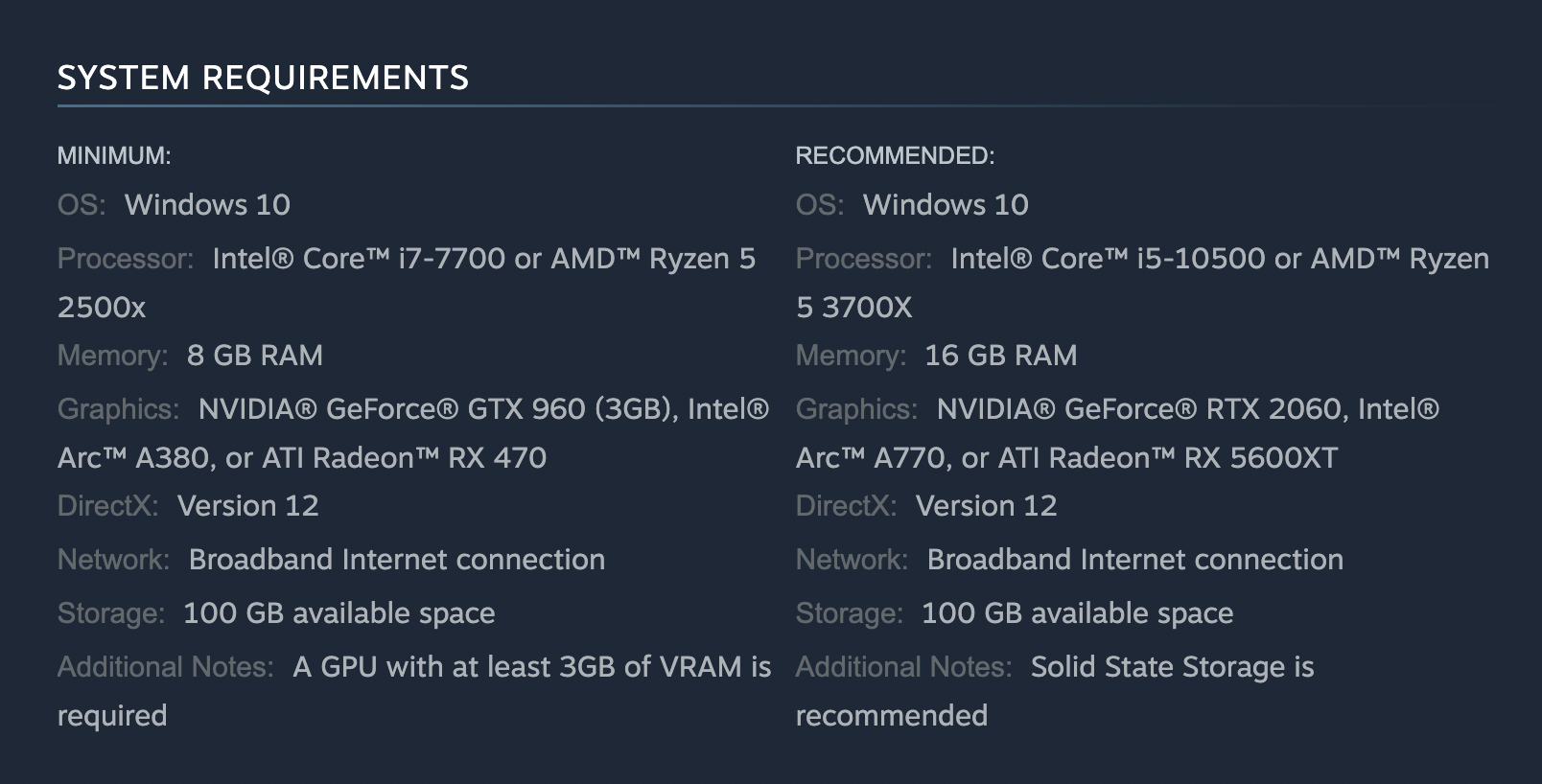
Aurora borealis over the sea, snowy mountains at starry winter night. Northern Lights in Lofoten ..
. [+] islands, Norway. Sky with polar lights.
Landscape with aurora, rocky beach, sky, reflection in water Are the Northern Lights dangerous? Powerful geomagnetic storms in May and October brought intense displays of aurora borealis across the U.S. as far south as Arizona and Florida.
May's was the strongest for possibly hundreds of years . What’s going on? There’s a lot of fear-mongering online about the sun’s activity as it reaches its (perfectly natural) solar maximum — a once-in-11-years event — but rest assured that observing the Northern Lights is perfectly safe for observers. They occur hundreds of miles up in the atmosphere and pose no threat to people below.
However, the electrically charged particles produced during geomagnetic storms can harm infrastructure — and experts are becoming increasingly concerned. Northern Lights Alert: Solar Flares And Coronal Mass Ejections Space weather is split into two major events on the surface of the sun that can have consequences for Earth — solar flares and coronal mass ejections. Both are on the uptick this year because the sun is now in its solar maximum period.
Solar flares are powerful bursts of radiation that typically erupt from sunspots on the surface of the sun and travel at the speed of light. If directed at Earth, they arrive in just over eight minutes and trigger a geomagnetic storm. Minor events regularly cause radio outages for mariners and short-wave radio users, which can cause radio blackouts.
“A solar flare’s big impact is typically on GPS systems on the order of about a minute, which is generally not a huge issue,” said Andy Gerrard at the New Jersey Institute of Technology’s Center for Solar-Terrestrial Research, in an interview. “Pilots have backup means to land, take off, and operate the plane.” Today’s NYT Mini Crossword Clues And Answers For Sunday, November 10 NYT ‘Strands’ Today: Hints, Spangram And Answers For Sunday, November 10th ‘Huge Things Coming’—Bitcoin Suddenly Explodes As Secret ‘Nation-State’ Adoption Mystery Rumors Fuel A Crypto Price Boom Coronal mass ejections are vast clouds of magnetic fields and plasma hurled into space at up to 1,900 miles (3,000 kilometers) per second.
They typically follow in the wake of a significant solar flare. A CME can cause a geomagnetic storm if it's directed toward Earth. It can change the shape of Earth's magnetic field to create spectacular aurora displays.
“A coronal mass ejection takes two or three days, so we’ve got time to prepare, but it can easily miss Earth,” said Gerrard. Damage to infrastructure is done when a solar flare or a CME is particularly powerful. That happened last May, when a “halo CME” saw several CMEs traveling at different speeds arrive at Earth at the same time.
Northern Lights Alert: One Night In May May’s G5-rated geomagnetic storm event wasn’t anywhere near as strong as it could have been, but it did have unexpected consequences. As well as putting strain on SpaceX's Starlink broadband internet satellites, the surge in charged particles affected GPS satellites, compromising the accuracy of critical GPS navigation systems used in modern farming. “GPS receivers work when a signal is received at regular intervals, much like a beat from a metronome, from a satellite in orbit,” said Tim Marquis, a senior product manager at John Deere.
“During solar storms, that signal hits a ‘fog’ of charged particles and can be lost. And machines can’t know precisely where they are thanks to this interference.” Cue NOAA’s Aurora - 30 Minute Forecast is designed not to help aurora-hunters but those overseeing infrastructure that needs protection.
May’s event may have been relatively powerful, but it was nothing compared to what could happen. Solar superstorms involving planet-wide aurora are rated as once-a-century events and, as luck would have it, are yet to occur in the modern age. The three major solar storms in human history all happened in quick succession — in 1859, 1872 and 1921 — now over a century ago.
Northern Lights Alert: Carrington Event The most intense solar storm was the so-called “Carrington Event” of Sept. 2, 1859, when astronomer Richard C. Carrington observed a blast of white light from the sun for about five minutes.
It was the most significant solar flare ever recorded, an X45, and later produced global auroras. However, it caused few issues in pre-industrial society aside from electric shocks to telegraph operators. “As far as we know, it was one of the largest storms that hit the Earth in the past 200 or 300 years,” said Gerrard.
“There are news reports at the time of the aurora being almost a global phenomenon.” In the past, a massive once-a-century solar storm could occur without incident, but a solar storm of similar intensity right now could have profound effects. The most compelling evidence is what happened in Quebec, Canada, in 1989 when a solar storm knocked out electricity grids.
“Back then, the power grid was more susceptible because it was more interconnected,” said Gerrard. “If one area went down, other grids would pick up that load.” During that event, there was a pooling of current from the grid in the northeast U.
S. that caused transformers to fail simply because the load was much bigger than anticipated under normal circumstances. “Since 911, a lot of the grids, not only in the U.
S. but around the world, have quick disconnects, so if the load gets too high going from one grid to another, they’ll disconnect themselves immediately,” said Gerrard. “You won’t have that burnout.
” A solar storm of similar intensity to 1859's "Carrington Event" right now could have profound ...
[+] effects. Northern Lights Alert: What Would Happen Now? If there was a giant solar storm now, local grids would go down but would likely be fixed within a day or two. “You can bring in transformers, repair equipment and repair crews from other areas,” said Gerrard.
However, that could be impossible during a repeat of a “Carrington Event”-scale solar superstorm. A study published by Lloyd’s of London and Atmospheric and Environmental Research in 2013 suggested that a massive solar storm of Carrington strength could cost $2.5 trillion, with its effects lasting over a year.
A significant event could even affect the internet’s vast network of undersea cables . “You wouldn't just lose just one power grid; you'd lose power grids worldwide,” said Gerrard. “Where do we get back up? Where do we get spares? Where do we get transformers? How do we repair the electric grid? How do we repair transatlantic cables, communication — you name it.
” Are we prepared for another Carrington Event? “Every country is a bit at a loss and unprepared for that type of a scenario,” said Gerrard. The probability of “the big one” occurring is low, but we know from the geological record that they are inevitable. “They’re more frequent than a near-Earth asteroid,” said Gerrard.
“There will be one in the next 200 years.” Northern Lights Alert: The Challenge For Forecasters “It’s always a challenge for us because everyone loves the aurora borealis, and the bigger the storm, the further south it’s visible,” said Bill Murtagh, Program Coordinator for the National Oceanic and. Atmospheric Administration (NOAA) Space Weather Prediction, in a press briefing in October.
The trouble is that space weather forecasters have to rely on models for most of the two-or-three-day journey CMEs take from the sun to the Earth. How fast is the CME traveling? Is it, in fact, headed for Earth? Forecasters have real-time data only once the CME strikes NASA’s DSCOVR and ACE satellites about a million miles out orbiting Earth. They measure a CME’s speed and magnetic intensity, which is critical in calculating how the solar wind is about to change.
Depending on the speed of the CME, the satellites give a mere 15-30 minutes warning of a significant space weather event — and the resulting displays of the northern lights. Murtagh knows everyone gets excited about aurora, but “at the same time, we can’t be hoping for these big displays because they threaten our critical infrastructure,” he said. “We always have to be careful what we wish for.
” Wishing you clear skies and wide eyes..












